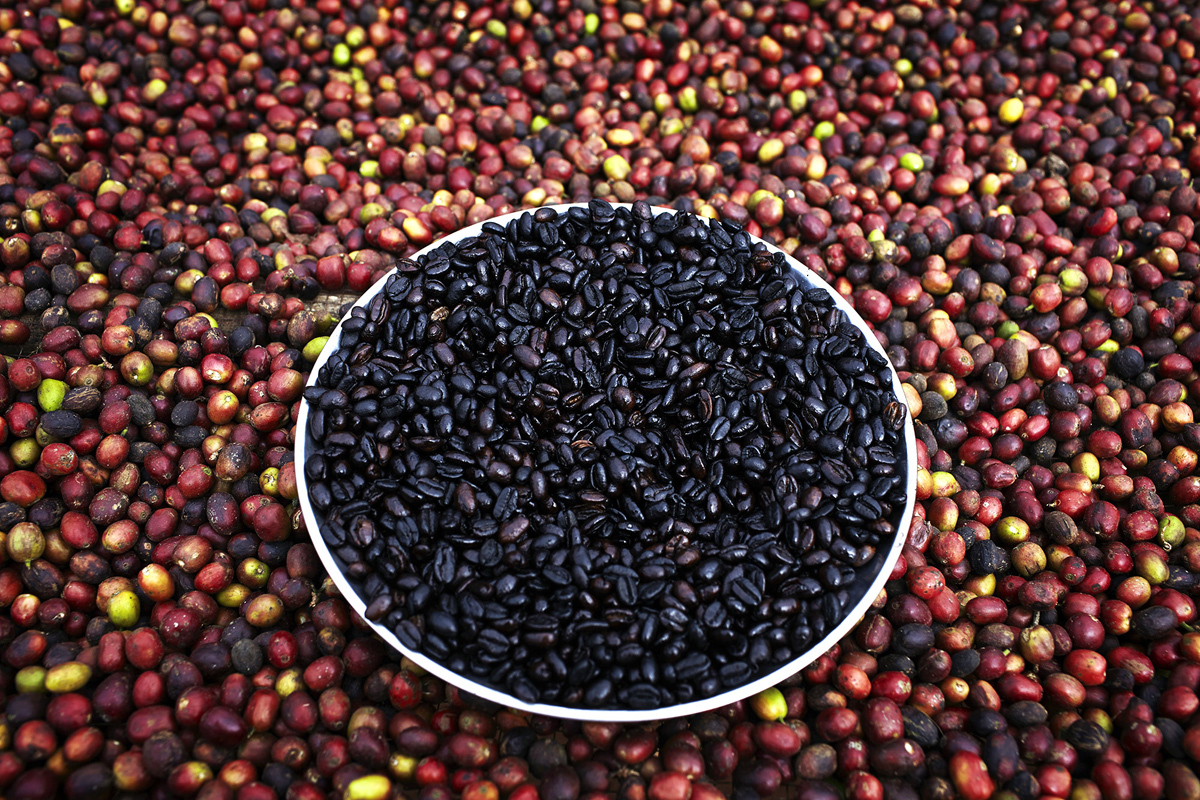2020@ethio-simienmountains.com
Altitude and its side effect
Trekking in the Simien Mountains could be challenging as most people come to trek from around the sea level.
Besides, if not sufficiently acclimatized, travellers may suffer from altitude sickness due to a low oxygen level.
However, there is always a possibility to choose shorter trekking days and hours and enjoy your holidays to the full.
I always remind my clients that altitude sickness is more likely to affect you when you are trek over 3000 meters
above sea level; typical symptoms of altitude sickness are headaches, loss of appetite, breathlessness due to thin air, vomiting, dizziness, and sleeplessness.
Travellers with permanent health problems such as blood pressure, asthma, diabetes etc. should seek some advice from their doctor. Ethiopia’s health service system may not be as good as in your native country to help you to alleviate the problem you might face. So, I strongly recommend you to consult your doctor before your departure.
I personally recommend to bring some medical kits with some useful medicine such as Diamox, aspirin and Paracetamol that help people to mitigate altitude sickness, to stop headache and related sickness problems respectively.
Trekking in the Simian Mountains includes long walking hours every single day as camping sites are far away from each other. Therefore you need to be in a good situation for the trek; it is advisable to get some training before starting the trek.
What to bring
We offer mules and horses as means of transportation for our clients during their trek in the mountains. Sometimes
people bring unnecessary things they don’t use at all during their holidays . And also, bear in mind that you should let us know if you have any fragile objects in your bag so that we avoid causing unintentional damage.
The temperature in the Simien Mountains is quite similar except during rainy season.
From the beginning of December to the end of January, the temperature drops from -3 up to -5 during the night; as a result, we recommend you to bring at least three season sleeping bags, gloves, long jacket and some warm clothes mainly for the night time. On the contrary the temperature during the day at this time of the year is quite high and it reaches up to +25 and I also advise you to apply sun protection lotion as the sun is very strong.
The temperature during a rainy season is the other way round. It gets cold during the day because of the rain and fog, whereas during the night it gets warmer as clouds keep the temperature higher. Light and waterproof materials
are recommended at this time of the year since rain is highly expected.
Spending money
There are few ATMs in Ethiopia where you can withdraw money using your debit/credit cards, but it is always advisable to bring cash from home for emergency in case the machines did not work.
We ask our clients not to hand out money to children as it may have a huge negative long term effect on the tourism sector; nevertheless it is possible to donate money to local institutions such as schools and clinics. For instance I have set up a school project in Geech village (at the heart of the national park) to ensure children receive education and give them a chance of a better life. This is one of the examples where you could spend money on.
Holidays in Ethiopia
January 7: Orthodox Christmas Day
January 19: Feast of Epiphany Timket
February 2: Feast of the Sacrifice Eid-ul-Adha
March 2: Battle of Adowa
April 12: Orthodox Easter Monday
April 25: Coptic Good Friday
May 2: Mulud Mulud
May 5: Patriots' Day
May 28: End of Military Regime
September 11: Ethiopian New Year/Coptic New Year
September 27: Finding of the True Cross
November 14: End of Ramadan Eid-al-Fitr

KNOW IN ADVANCE
